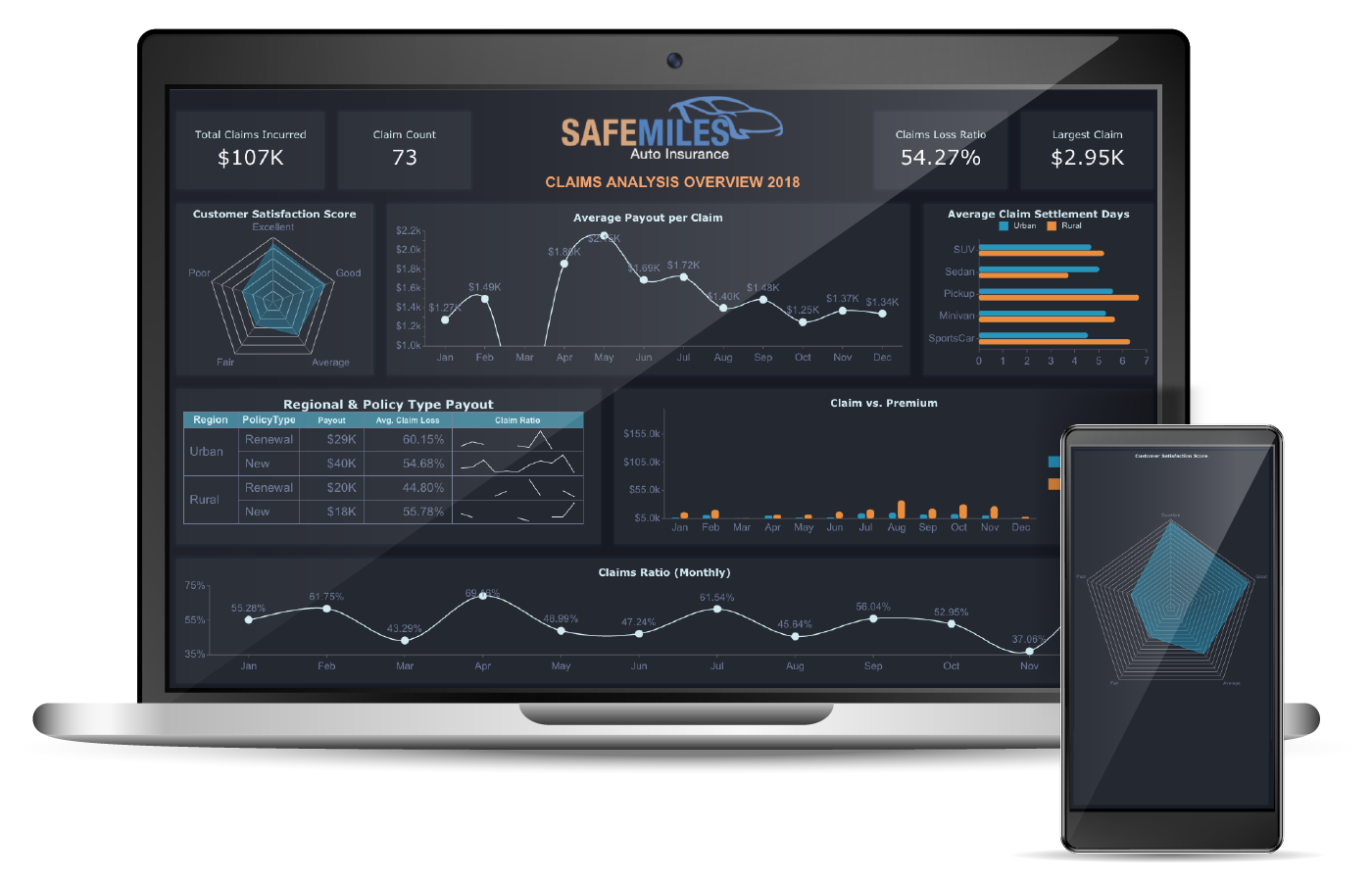As business needs evolve, the world of business intelligence (BI) is changing to keep up with organizational demands for more actionable data. Business intelligence has become faster and more accurate, allowing an organizational digital transformation—to make analytics available to more users to enable strategic decision making.
Embedding BI within your own software or portals allows users to analyze data within their standard workflow. Embedded BI allows organizations to overcome data silo problems and allows all users to gather and analyze data without seeking help from a system administrator or someone in IT.
Overview of Embedded BI
Using traditional reports, files, and spreadsheets, it's often too late for users to take useful action. Embedded BI changes this outcome by making business intelligence a proactive process, helping to turn data insights into actions that allow an organization to achieve its short and long-term objectives.
Embedded BI integrates business intelligence solutions as a portal directly into an existing business enterprise application. Embedded BI eliminates the need for users to exit their current application to view analyze performance or view recommended actions.
BI Reports
With end-user reports woven into everyday applications, end-users can gain instant visibility into key organizational metrics. Ad hoc reports allow non-technical team members to ask their own questions and create their own reports. The reports can help readers visualize data, which is essential for obtaining actionable answers to their questions.
Interactive BI Dashboards
Interactive dashboards provide an overview visual overview that allows for faster data visualization and analysis. KPIs can be highlighted, so informed decisions can be made as circumstances demand.
Users can collaborate and share designed ad hoc reports and dashboards across the entire organization. End-users can build a variety of KPIs and dynamic report metrics, all from an embedded BI environment.
Embedding Analytics Inside Your Own Apps
There are many benefits of embedded BI including:
- Improves data literacy across the organization.
- Optimizes operational efficiency.
- Highlights market trends and detects ways to increase profit.
- Analyzes current customer behavior to ensure enterprise actions are in line with expectations.
- Compares competitive advantage factors.
- Tracks performance consistently.
- Uncovers issues or anomalies in real-time.
Data analytics can increase the speed of decision-making by up to five times. This is crucial in a time when every minute makes a difference in profitability.
Top companies in their industry which rely on data for improved decision-making are likely to be some 5% more productive and even 6% more profitable than their competitors.
Signs That You Need Embedded BI
1. You need to make analytics available to more users – more demand for self-service.
Self-service analytics enables many types of users to be more productive because it involves solutions that are easier to use, do not require coding, and do not require it to set up all data access, queries, visualizations, and preparation.
2. You need better visibility across your organization.
Along with potentially reducing the latency between analytics and action, embedding analytics into dashboards that are readily accessible (e.g., on a tablet) enables users to view data insights within the context of operations and processes they are managing at the point where they need the insights.
If your organization needs real-time visibility into operations, embedding analytics can help.
3. Users of standalone platforms are frustrated.
Isolated users of spreadsheets and simple reporting systems do not have real-time dashboards and analytics and are setting up standalone data and analytics silos. This can add to data integrity and quality problems.
4. Your IT department spends too much time on customizations and reports rather than developing the core product.
Many organizations have scaled-down operations and asked some staff to work from home during the COVID-19 pandemic. With workstations now spread across several virtual locations, relying on IT departments to gather and analyze business data may not be the best approach. That's where embedded BI and self-service BI come in; they enable real-time data collection, analysis, and visualization by the end-users themselves.
Does your organization need embedded BI?
This TDWI Checklist Report further examines leading signs and discusses how teams are leveraging embedded BI.





























